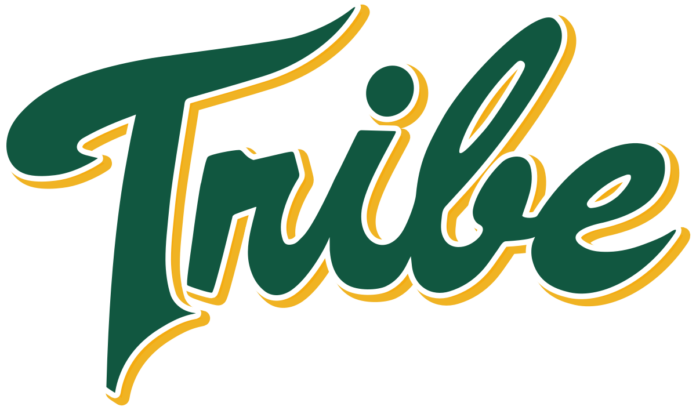What is a tribe? According to the Merriam-Webster Dictionary, one definition of tribe is, “a social group comprising numerous families, clans, or generations together with slaves, dependents, or adopted strangers.” Another definition is “a group of persons having a common character, occupation, or interest.”
The use of “tribe” as a description for the College of William and Mary community has generated much controversy. Some call it a link to the College’s past usage of a Native-American mascot and the feathers present on a previous logo.
In a time when the Washington Redskins are constantly urged to change their name — which is a racial slur — and the Cleveland Indians have removed their controversial mascot, many call on the College to follow suit. The debate has garnered input from both sides, but it is most vital to bring forward the perspectives of indigenous students.
I am an enrolled member of a local Virginia tribe, and I am not offended by the use of the word “tribe.” I would not be attending the College if I was. Furthermore, Native Americans do not have a monopoly on the word. There are many groups around the world that call themselves a tribe; it is a generic term. I believe that there are larger issues to be dealt with regarding the College’s history with Native Americans. Most notable is the Brafferton, which housed the College’s Indian School, and the College’s current lack of Native-American faculty and coursework related to Native Americans outside of the history and anthropology departments. I asked other Native-American students on campus their opinions to gain a larger perspective.
Emily Martin ’18, who is a member of the Kickapoo Tribe of Oklahoma, believes that if people want to advocate for Native Americans, there are other issues to focus on that are affecting Native-American communities on a much larger scale.
“The anger over the use of the ‘Tribe’ mascot is well-meaning, but misplaced. “Tribes” are not synonymous to American Indians. Those who want to do their part to improve the current issues facing our people can direct this anger and energy to far more productive things: educating themselves on Native issues, standing up for actual injustices like Standing Rock or rampant domestic violence on reservations, and supporting federal tribal recognition. Arguing about the semantics of the word “tribe” does nothing to help the human beings actively suffering through some of the worst poverty in the U.S. today,” Martin said.
Mackenzie Neal ’18, who is a member of the Quapaw Tribe of Oklahoma and has Osage, Seneca and Choctaw descent, believes that while “tribe” in and of itself it not offensive, the College does little to support Native-American students on campus.
“I would say that William and Mary has taken appropriate steps to distance itself from racial caricatures and harmful stereotypes of indigenous peoples … for the most part. Removing the Indian mascot but keeping the word “tribe” was a compromise that allowed the college to keep cultivating a lucrative sense of nostalgia among alumni while projecting an image of “progressivism” to the new generation of university students,” Neal said.
Neal further writes that, “’Tribe Pride’ is also a little laughable when you consider how invisible Native-American students and indigenous social issues are to the administration, the faculty and the non-Native student body. Sure, it can be a catchy hashtag, but when your Native-American students are reluctant to show their own ‘Tribe Pride’ because of (unintentional) community ignorance, you have an institutional problem. William and Mary took a step in the right direction, but now it’s time to keep moving forward.
We can do so much more to remove vestiges of colonial mind sets and accurately inform the college community. Instead of removing the word ‘tribe,’ focus on recruiting indigenous professors, offering a broader range of courses related to Native politics and history, and collaborate more with local Native-American communities.”
The College’s usage of “tribe” as a rallying cry is not offensive in and of itself, but when placed in a historic context and when considering the current lack of Native-American professors and courses, the word becomes problematic. Instead of changing the College’s catchphrase, adding more support for Native-American students on campus and increasing course offerings would have a greater impact on Native-American communities.
It’s important to note that the opinions expressed in this article represent the opinion of the person who gave them and no one else. Oftentimes, members of minority populations are asked to speak for their entire ethnic or religious group. Just as Native-American communities, tribes and clans are diverse, they also have diverse views and opinions. Just because someone is or isn’t offended by something does not mean that other members of the same group feel the same. Engaging in inclusive dialogue that engages all opinions on controversial issues, like our shared mascot, is the best way to foster a more diverse and welcoming community for all.
Email Vanessa Adkins at vyadkins@email.wm.edu.

